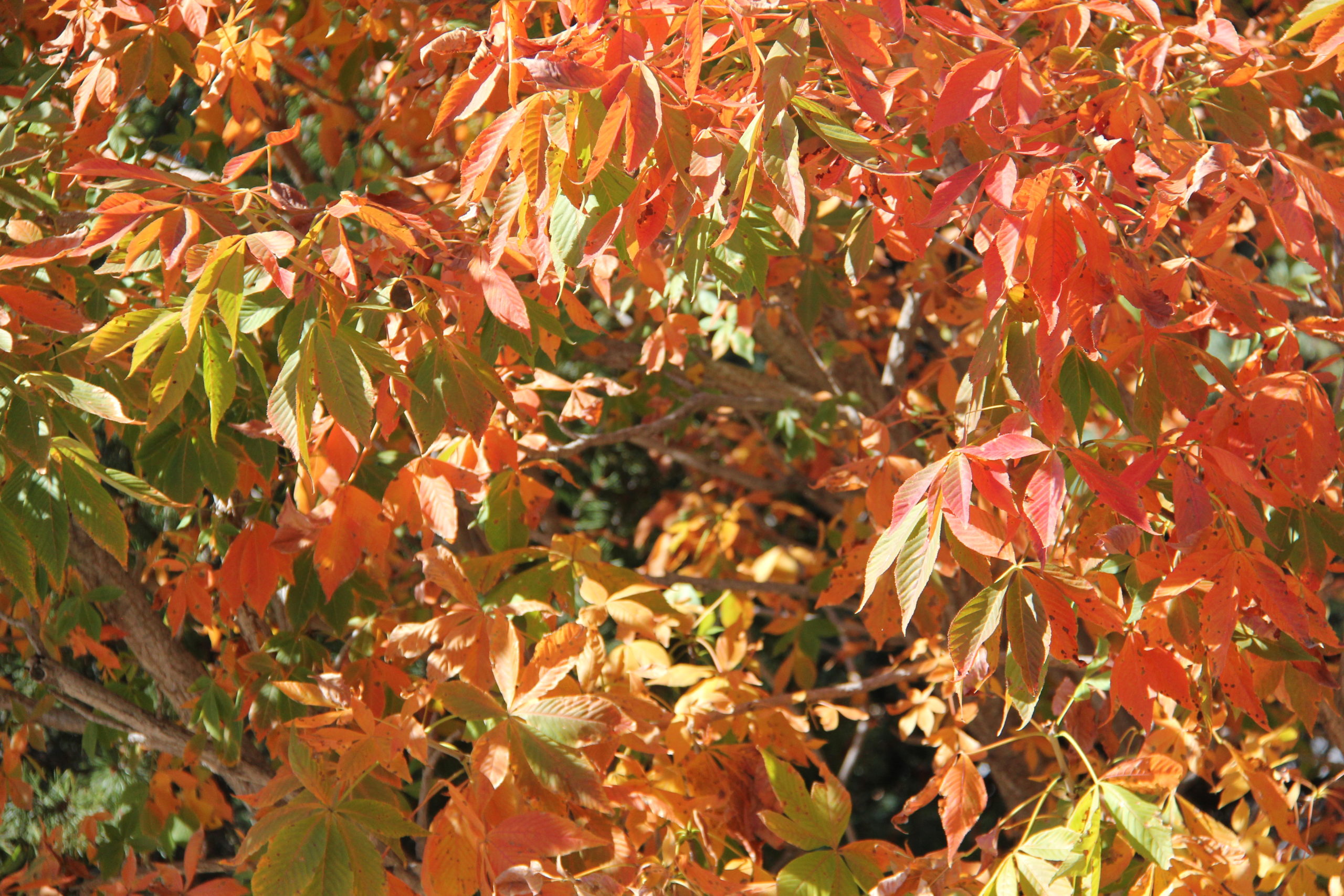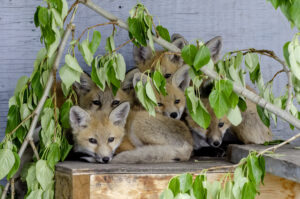Now that AIWC has reached the end of its busiest season and we start getting closer to fall, you may notice that wildlife behaviour is changing just like the leaves. It may seem too soon to start thinking about the snowy weather, but birds, mammals, reptiles and amphibians have all begun preparing for winter.
Ungulates like mule deer, elk, moose and caribou will travel less and eat more in an effort to consume an increased amount of fat and protein. This helps them gain weight to get through the short winter days and long winter nights when food becomes scarcer and temperatures drop. Squirrels and native birds have similarly started to stock up, while many migratory birds have begun their treks to warmer climates further south – you may see several species as they travel through Alberta. Snakes and bears will also be preparing their dens to hibernate over winter.
To help animals through the changing seasons consider postponing your yard work until spring. Leaves, plant stalks, flower bulbs, and vegetable seeds from your garden provide great food and shelter to wildlife. If you’re not inclined to use the fall to relax, build a brush pile away from the house as a winter habitat for small animals, and hang streamers or put up decals in windows to prevent bird strikes as collisions tend to increase in the migratory period.
This is the perfect time of year to observe Alberta’s wildlife, so make sure to get outdoors before you need your winter coat!
By Stephanie Ruddock, AIWC Volunteer
As always, if you find injured or orphaned wildlife, please call us at 403-946-2361.






